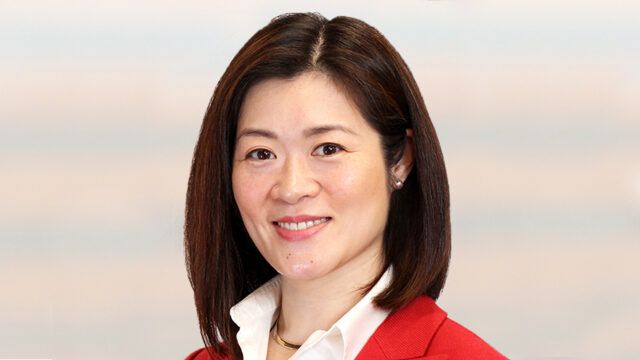J.P. Morgan Asset Management (JPMAM) has unveiled its JPMorgan Asia Equity High Income fund (AEHI), which comprises a portfolio seeking higher income with reduced volatility.
Investing primarily in Asia Pacific (Apac) ex-Japan equities, the fund aims to generate a consistently high level of income while maintaining prospects for capital appreciation. By implementing a disciplined option overlay on an underlying equity income portfolio, additional distributable income could be generated.
“Cash rates are likely to trend lower over time as we anticipate a slowdown in economic growth and inflation. Consequently, investors in Hong Kong are seeking alternative options for passive income,” said Elisa Ng, Hong Kong chief executive officer and head of Hong Kong funds and institutional business, J.P. Morgan Asset Management.
The fund is authorised by Hong Kong’s Securities and Futures Commission for sale to retail investors, and is registered with the Monetary Authority of Singapore under the restricted scheme for distribution to accredited investors, Ng (main picture) told FSA.
In Hong Kong, JPMAM is working with more than 14 distributors to distribute the fund through major intermediary channels, and the fund is also available on its investment platform Morgan Direct, said Ng.

AEHI will be managed by Hong Kong-based Julie Ho (pictured left) along with an experienced Apac equity portfolio management team with over a decade’s track record in managing Apac equity income strategies, and in partnership with a dedicated equity derivatives portfolio management function.
The fund seeks to deliver significant income through dividends and premiums from call overwriting while also providing equity-like returns with lower volatility versus its benchmark, the MSCI AC Asia Pacific ex-Japan Index.
Apac dividend stocks
“We believe Apac is more than a growth story; it is also a fertile ground for dividend paying stocks – among global markets, Apac has the highest number of companies yielding more than 4% across a broad range of sectors,” said Ho.
“In addition, based on our experience of the end of previous hiking cycles, we believe Apac high dividend stocks offer the potential for upside in absolute terms and also relative to global peers.”
“The fund is expected to deliver 7-9% income over the cycle; typically, 3-4% comes from dividends derived from the equity portfolio and 4-5% comes from premium earned from call overwriting,” Ho told FSA.
The fund invests primarily through stock selection, so the current country positioning — with a 34% allocation to China and Hong Kong – “is an outcome of the bottom-up opportunities we see in Asia equity markets,” Ho said.
“Overall valuations in China are very attractive and corporate fundamentals are stabilising. However, as the economy and property sector are still in transition, sector and stock selection remains critical,” she said.
The fund’s holdings in China are those which generally have a robust dividend policy with higher earnings visibility, Ho added. These include companies which produce electronic white goods, and consumer staples. In Hong Kong, the fund holds stable businesses such as utility names and a diversified group of financials.
Options overlay strategy
To provide a balance between income and the potential for capital appreciation, the strategy employs an options overlay that consists of writing one-month call options on indices, typically on 30% of the equity portfolio.
The option overlay sells call options across five underlying markets (China H-shares, Hong Kong, Australia, South Korea and Taiwan).
According to Ho, the key benefits of incorporating an option overlay strategy include providing an additional source of income, Apac’s favourable environment for option overwriting — the strategy can deliver higher income potential while retaining significant exposure to Asian equities – and the potential of incremental income if volatility increases.
“The combination of our Apac equity income portfolio and the options overlay strategy can capture a consistent income stream and long-term capital appreciation with lower volatility, providing a smoother ride for investors,” said Ho.

















